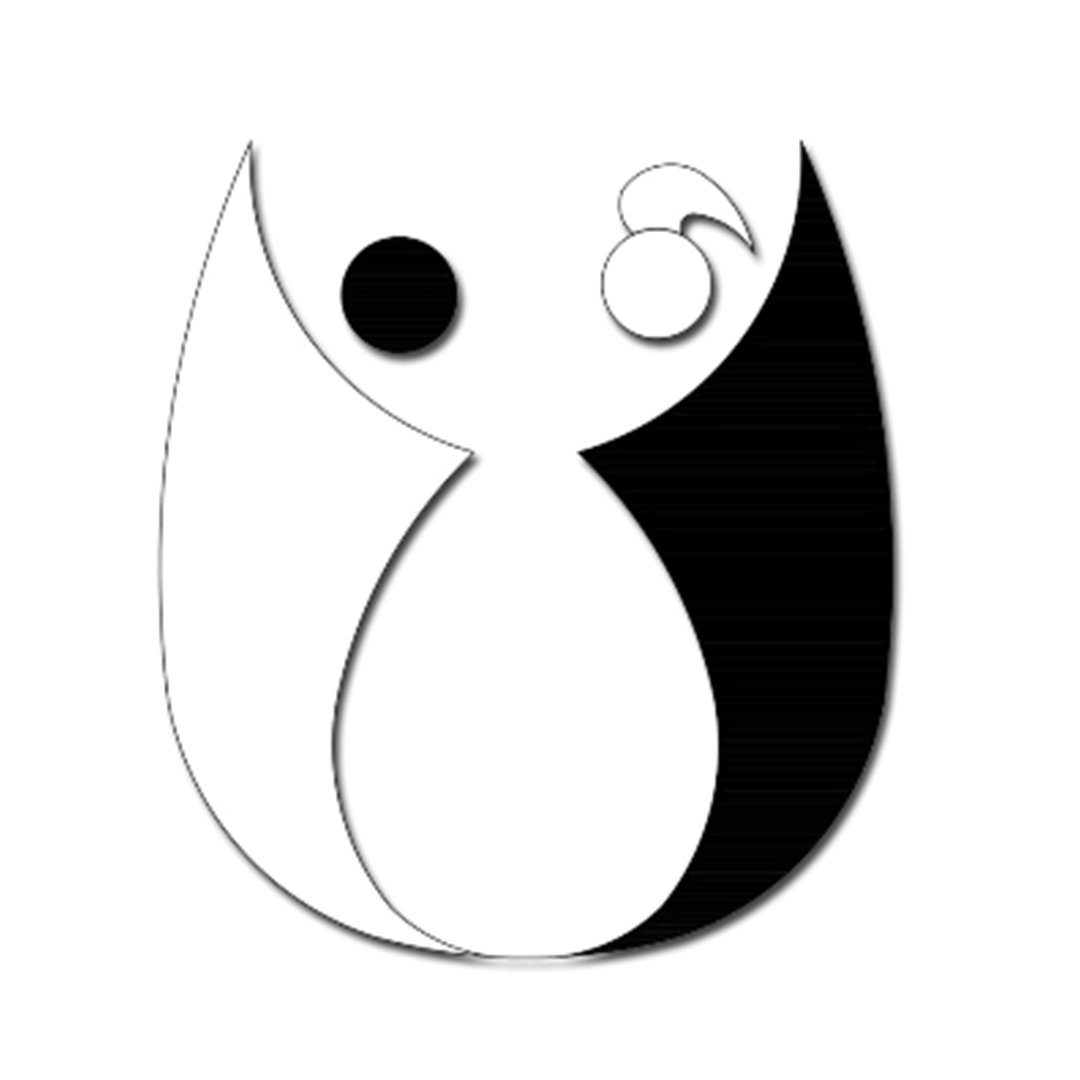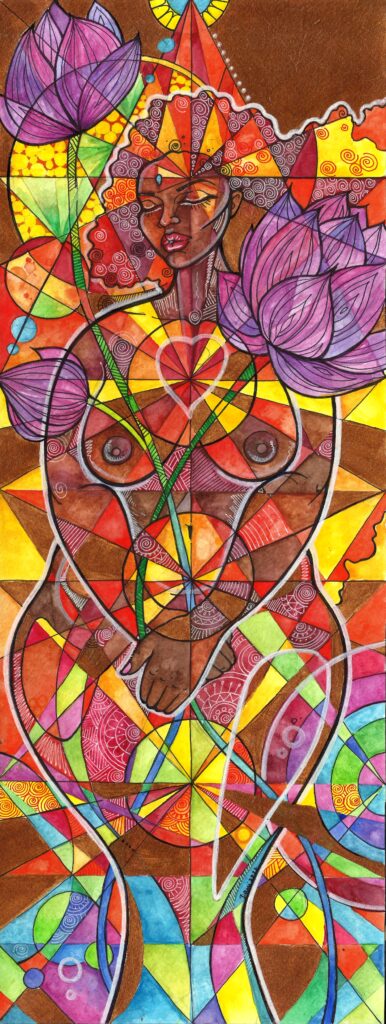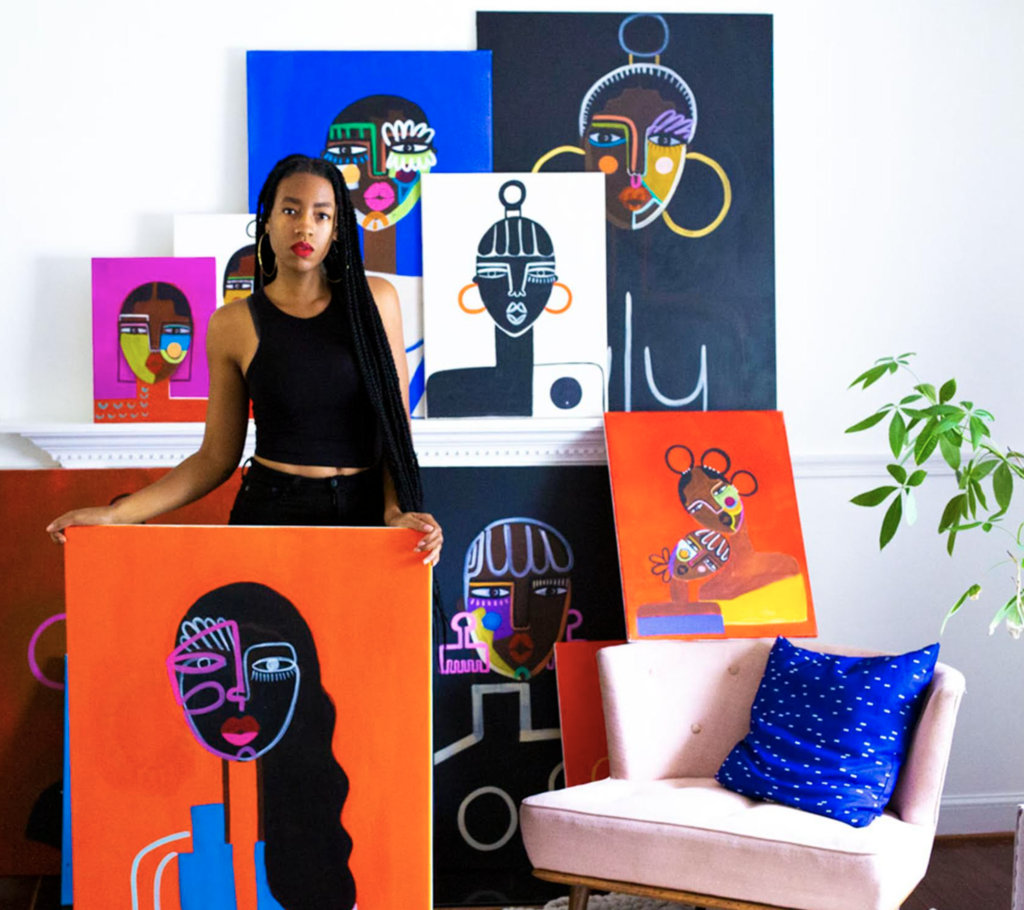Interior Design is like poetry. Many appreciate it, but few truly understand it and all of us are influenced by it, whether or not we acknowledge it.
This month, we decided to take a spin on things and focus on an applied art form that is still fighting to be understood in today’s day and age – Interior Design.
Defining interior design sometimes feels like defining love, it’s difficult and the definitions vary from person to person. Definitions can also change in different societies. When I even thought of the career I had no idea what I was getting into, I knew it was tied to architecture but I also knew that it wasn’t quite architecture. The more I became a part of the industry, the more I realized it was more than selecting finishes and doing some drawings… it was a language and one that was definitely worth learning.
Unpacking the concept of Interior Design can’t just be done in one article it’s an experience. Nevertheless, I’ll do my best to delve into those complexities for the next few minutes.
WHO IS AN INTERIOR DESIGNER?
“An interior designer [is someone who] will plan, research, coordinate, and manage projects to obtain an adequately healthy and aesthetically pleasing environment for the people who use the space.” – Arch Daily
More often than not, designers are confused with decorators. Decorators are definitely more than valuable in the Architecture and Design industry but…
Interior Designers are not decorators.
A huge misconception many have towards the interior design profession is that the profession is solely based on the selection of colours and finishes but it’s more than just the look and feel it’s also the layout and the construction.
Interior Design incorporates everything that is in involved in transforming and creating an interior space to compliment the needs of the patrons. This usually begins in what is called the preliminary design phase “test-fitting” and ends with Construction Administration & project close-out phases.
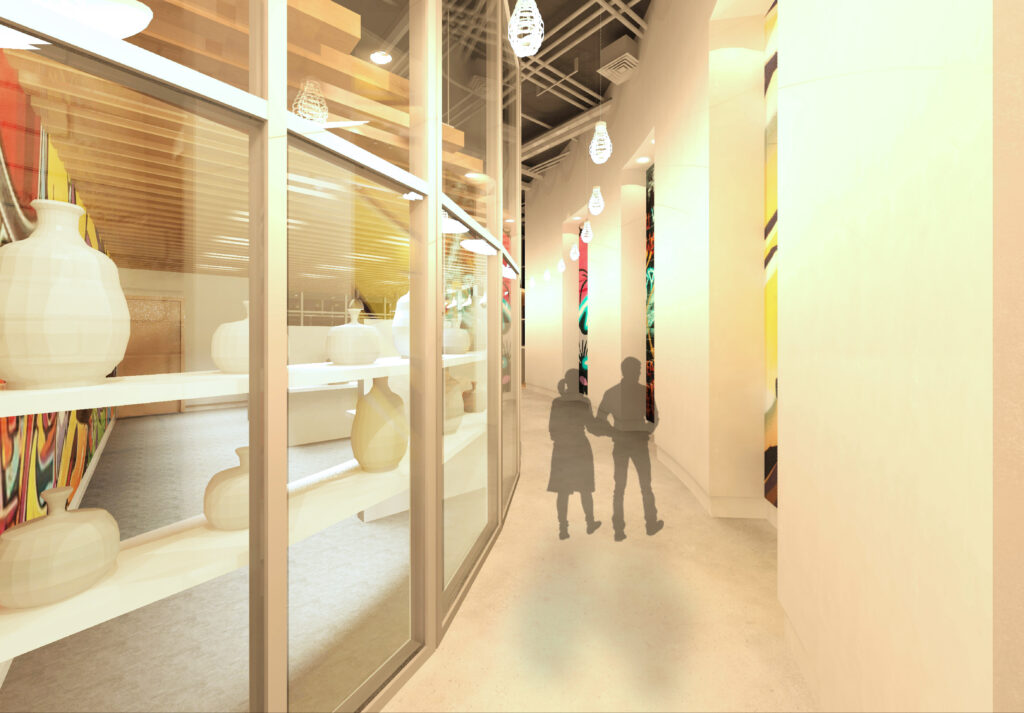
WHAT IS THE INTERIOR SPEACE?
To understand interior design, we must also understand the scope – the interior space. The definition of the interior space may vary from project to project but, in a nutshell, it is the space within the building envelope/shell (i.e. the exterior walls, exterior glazing – windows – and so on). The scope of the interior space excludes structural components, the building core and mechanical systems. Building core components usually span multiple floors and serve the building as a whole – elements such as mechanical rooms, freight lobbies, elevators, etc.
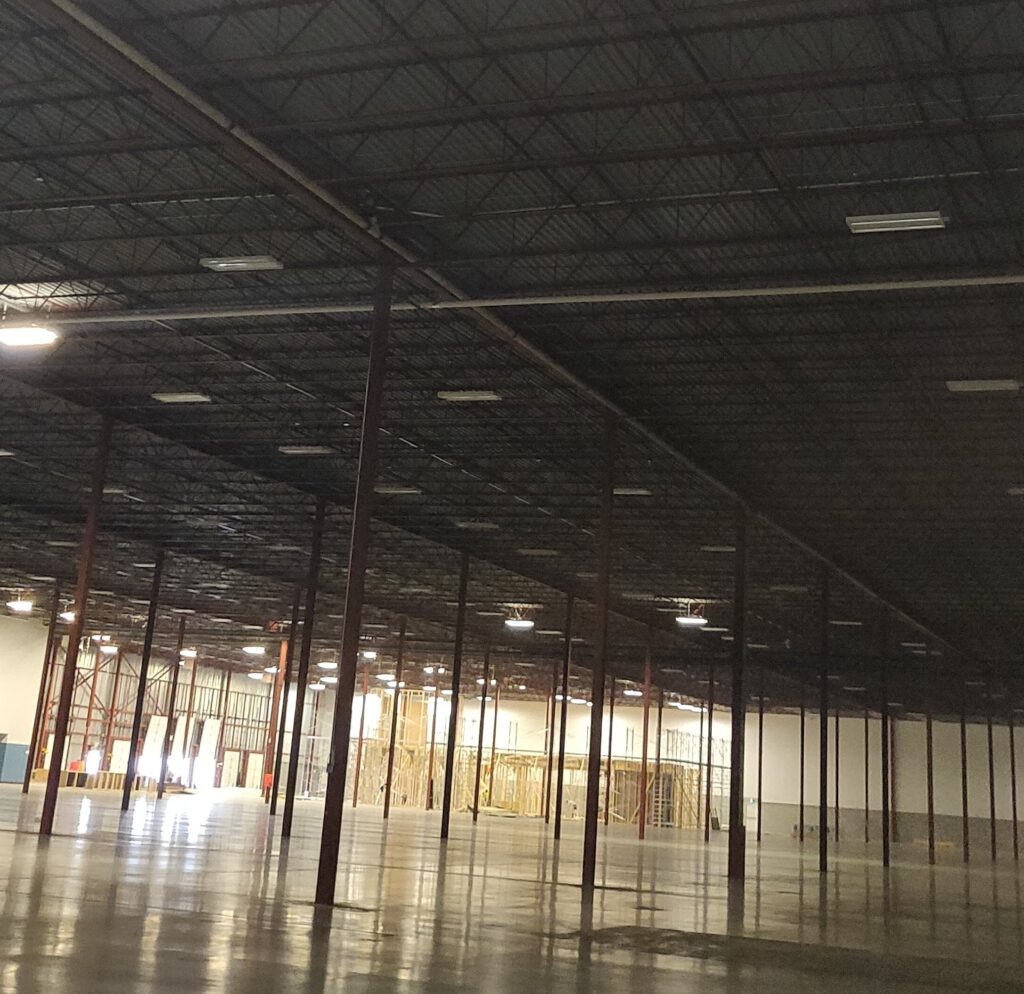
THE INTERIOR DESIGN PROCESS
Let’s walk through a project. Say we have a space – meaning we have the building core and shell. We meet with the clients and established their needs, desires and the program of the space, i.e the types of rooms and spaces that they require for their occupants.
We then proceed to test fit … this is literally testing how different potential configurations fit within the space.
This process usually involves many iterations before the client signs off on the layout they’d like. When we’re looking at this preliminary room / space planning we aren’t just arbitrarily looking at spaces, we’re assessing adjacencies (i.e which spaces will work better beside each other and which won’t). For example: you won’t want a space for collaboration right beside a space for quiet heads down work. We are also looking at accessibility (i.e. how are users with mobility devices and other special needs are going to be able to navigate through the space). We’re also looking at the local building code (e.g. travel distances to building exits so people can easily get out in the event of an emergency). On top of all of this, we are also looking at the user experience and the story we want to tell with the space. A question designers must ask themselves is “how will the patrons feel and what do we want them to feel when experiencing the space?”
After the back and forth with the clients, the frustration with the building columns that we can’t move and a few drinks, we eventually get a sign off from the clients which allows us to proceed with fleshing out the space some more.
What does it mean to flesh out? It means adding on that extra layer, going back through the preliminary plan(s) with a more detailed and technical eye. This is called the Schematic Design Phase. We’re looking at those columns we love so much and finding out which ones we’ll be furring out and which we’ll leave existing. We’re incorporating the proper wall/partition thicknesses. We look at the different configurations and thinking about how power will be drawn from the building core to the various rooms and furniture pieces and so on.
After this, we receive another sign off, woohooo!
This brings us to the Design Development phase. This is where we do something similar to what you think interior designers do. We look at the look and feel – the finishes, lighting, the furniture and so on. What will the users see? How do we bring that story and user experience from the plans into the interior space? How do we immerse them into the vision we have for the space? This part is colourful and again takes a lot of back and forth, with not just our clients but also our potential suppliers. We’re looking at material and paint samples, speaking with furniture and lighting vendors and really just trying to select the best for our client’s needs and help to bring their vision to a reality. It takes empathy and patience but it can also be fun.
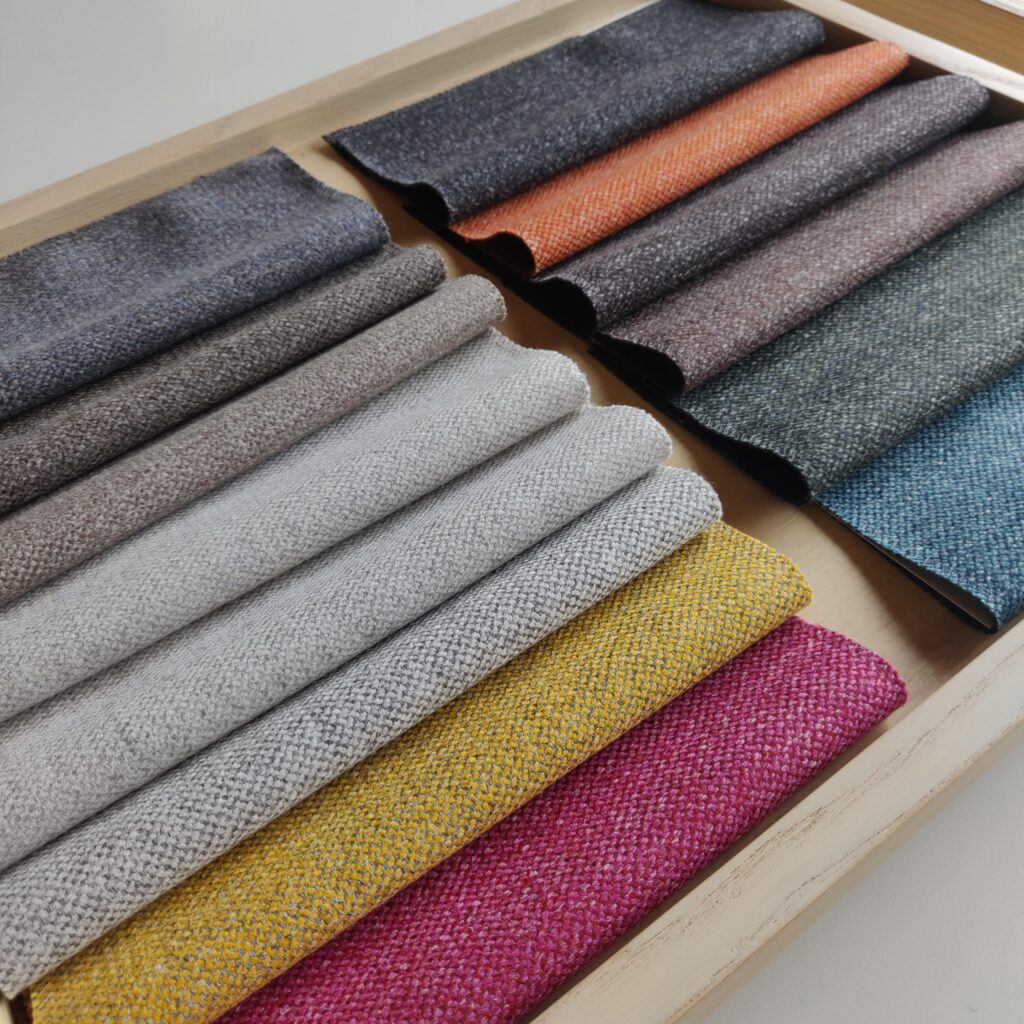
Here we go with another sign off, yippie!
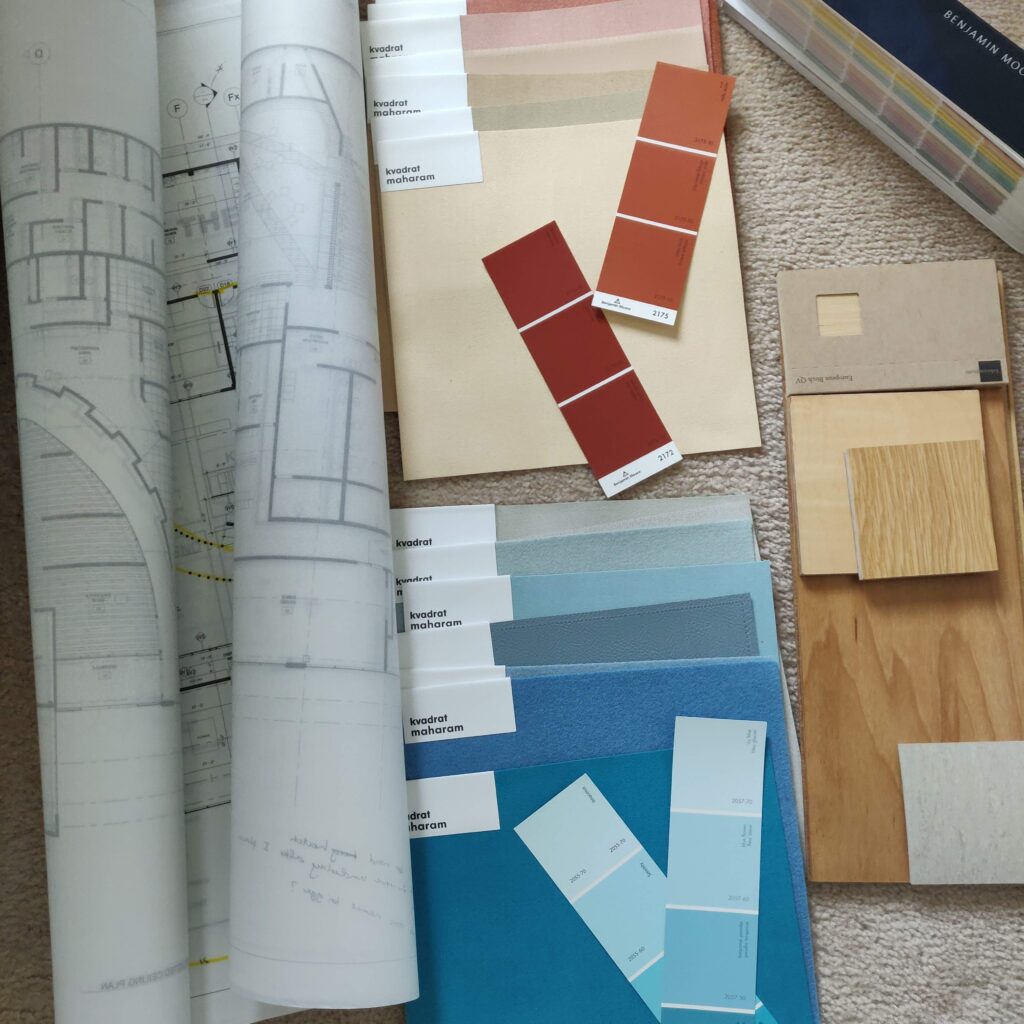
So we’re at a point where we have plan(s) that are being fleshed out, we have a look and feel that we’re proceeding with and we’re feeling pretty good. This heralds in the next phase – CDs (“Construction Documentation”). That’s right, interior designers produce construction documents – partition, ceiling, furniture, finish and power and communication plans; as well as details of the various flooring, millwork, wall types… the list goes on really. The way to think of it, at this point, to help you wrap your head around it is that Interior Design is really very much like Interior Architecture.
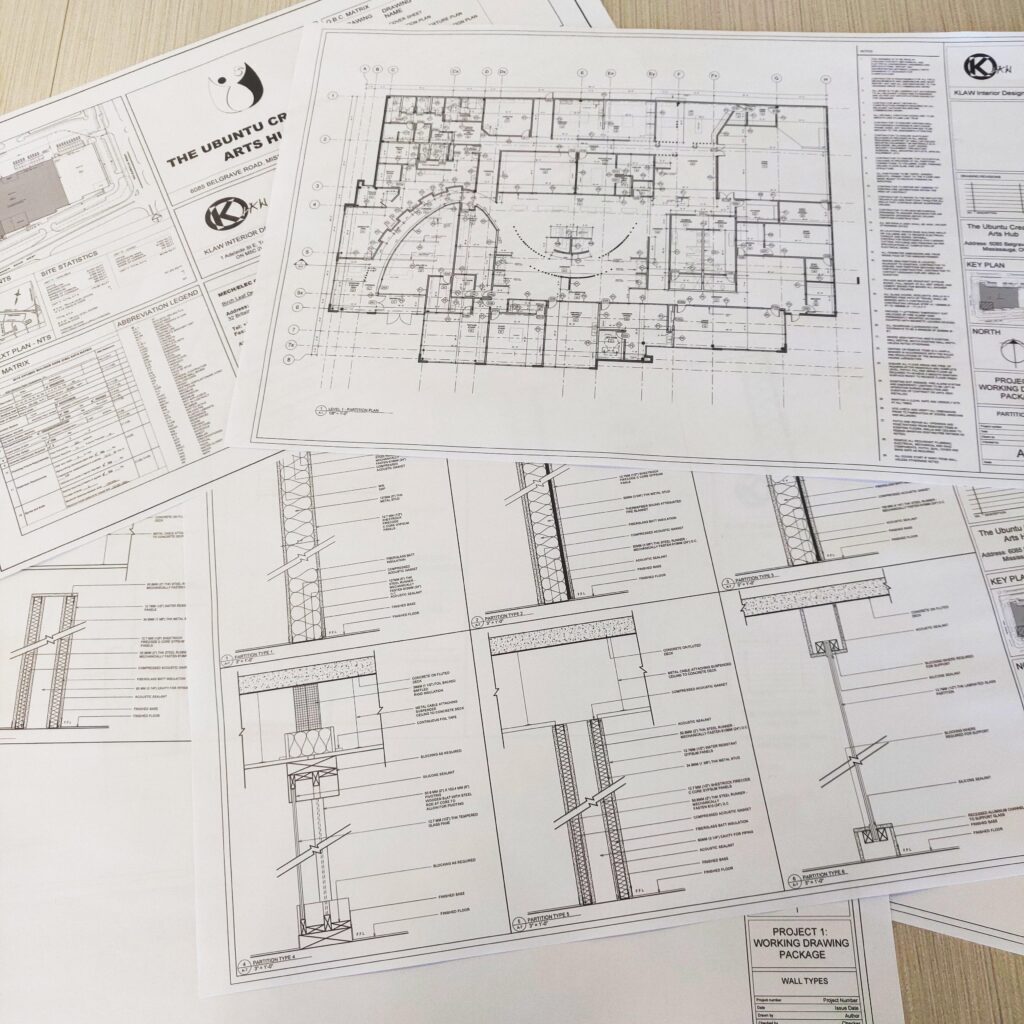
In this phase we are heavily collaborating with our consultants – furniture, mechanical & electrical, plumbing & signage – to name a few . The consultants on a project may vary according to scope. The CD phase goes on and has different milestones (such as Issuing for Permit, Issuing for Tender, etc), which I won’t go too much into. However, after we’ve finally Issued for Construction and we’ve finally reached the point where we’re breaking ground, you get into the Construction Administration phase.
The CA phase is really when we continue to observe the site as it’s being constructed. We’re still working with our various consultants but we’re also working with our contractors. They deal with the day-to-day oversight of the site. This process can be long and tedious and can bring to light many issues that weren’t caught before construction started or that need to be addressed.
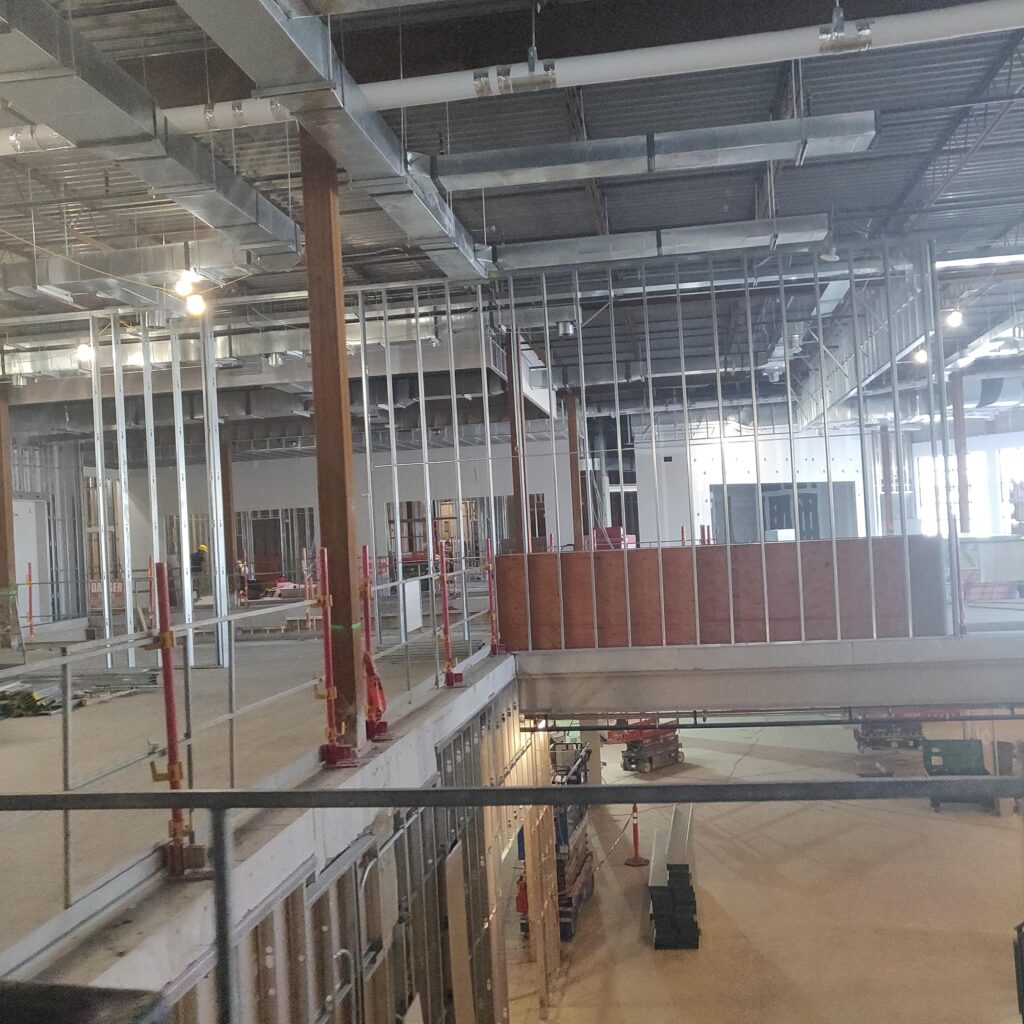
Again, after a lot of back and forth – change orders, site instructions (SIs) and proposed change notices (PCNs), etc – we are able to start wrapping a project up as we transition into the project close-out phase.
We do a deficiency walk to look for things that we potentially missed or that need to be fixed (eg. Ceiling tiles that gotten broken during installation, walls that don’t have the correct finish … to name a few) and we look at the remaining things that need to be done and work on resolving the necessary issues to bring the project to a close.
That, in a nutshell, is what the interior design process can look like (minus the projects that can go on hold or stop all together before completion, or the projects that may start in the CD phase that we probably inherited from another company.
WRAP-UP
Is Interior Design Architecture? Is it Decorating? It’s neither, but it has elements of both.
The way to look at it is Architectures looks at design from Macro level and operates predominantly on the outside with a focus on the internal systems and core elements. They also do have the ability to design an interior space. However, interior designers look at design from a medium to a micro level and operate on the inside and we bring in elements of decorating as a part of that micro exploration.
The way to think of it is by using the phrase “from a pin to an anchor.” The Interior Design process follows a similar structure to Architecture but as you’ve seen through this article (hopefully) we look at the big picture of the existing space and then work our way down to the details and the user experience.
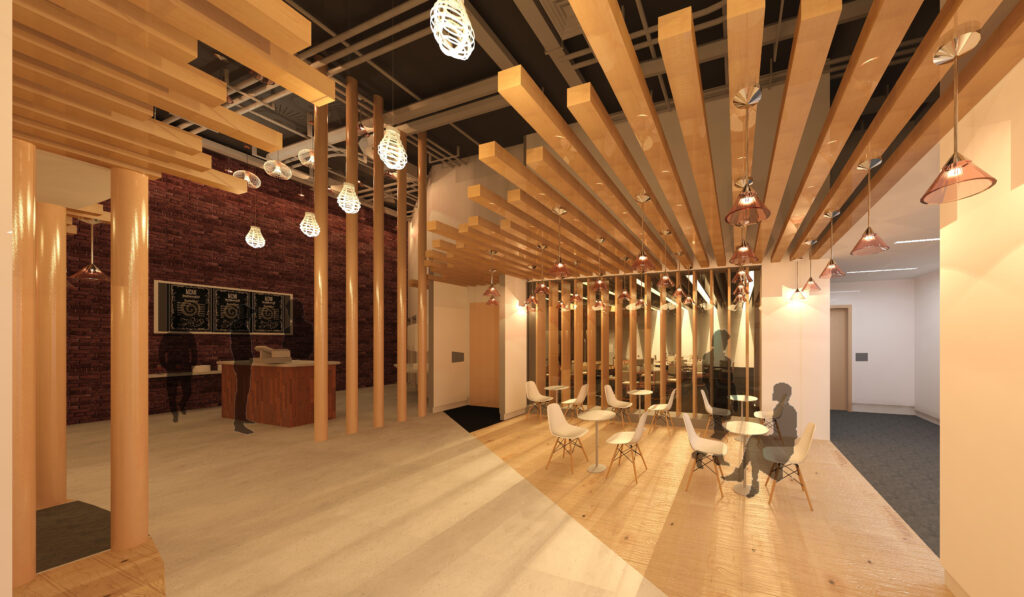
In truth, we all have a roll to play in the Architecture & Design industry and what we at The Ubuntu Creative Arts Project hope is that this helped you to understand and really begin to unravel the poetry that is Interior Design.
“Interior designers look at design from a medium to a micro level and operate on the inside and we bring in elements of decorating as a part of that micro exploration.”
~ Kathryn Lawrence
